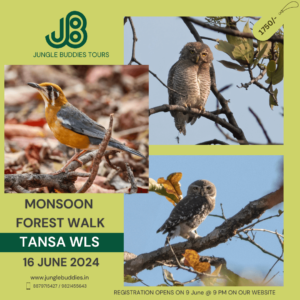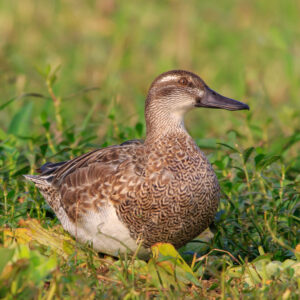Description
Haji Malang, also known as Shri Malanggad, is a haven for birdwatchers. It is considered to be one of the last remaining habitats for grassland species in the Mumbai Metropolitan region. The area includes small hills, farmlands, grasslands, shrubs, river banks, and open woodlands.
As a result of its diverse habitats, this area is home to 220 species of birds that can be seen throughout the year. After the monsoon season, the place is teeming with passage migrant birds such as the European Roller, Eurasian Cuckoo, Blue Cheeked Bee Eater, and Painted Francolin. It is also one of the few places around Mumbai where you can spot raptors (birds of prey), such as the Eastern Imperial Eagle, Steppe Eagle, GSE, ISE, Indian Eagle-owl, and harriers, which are abundantly found here during winters. This is thanks to the presence of farmlands that harbour a significant population of mice and snakes, in addition to the poultry waste that is dumped by nearby poultry farms.
Birding in Haji Malang: One can explore Haji Malang Hill by birding from Nevali Naka to the foothills of Malang. Private vehicle is suggested, be careful of snakes in the tall grasslands.
eBird Hotspot & checklist: https://ebird.org/hotspot/L3974861
Nearest Train station: Kalyan
Target species expected: Raptors like Indian and Greater Spotted Eagles, Steppe Eagle, Eastern Imperial Eagle, Peregrine and Laggar Falcons, Montague and Pallid Harrier, Black-winged Kite, etc Grassland birds like Red Headed Bunting & Black Headed Buntings, Baya Weavers, Tricolored and Red Munias, and Grasshopper Warblers. During late September and October birds like the Painted Francolin, Pied Cuckoo, Cinnamon Bitter, European Roller, Eurasian Cuckoo, and cheeked Bee Eaters.
Best time to visit: Dec-March & Aug-Oct





